What banjo should I buy for clawhammer?
If you're looking to play clawhammer style, a 5-string banjo is essential due to its unique drone string. While open back banjos are lighter and often preferred for clawhammer, resonator banjos are also a viable—though heavier—option.
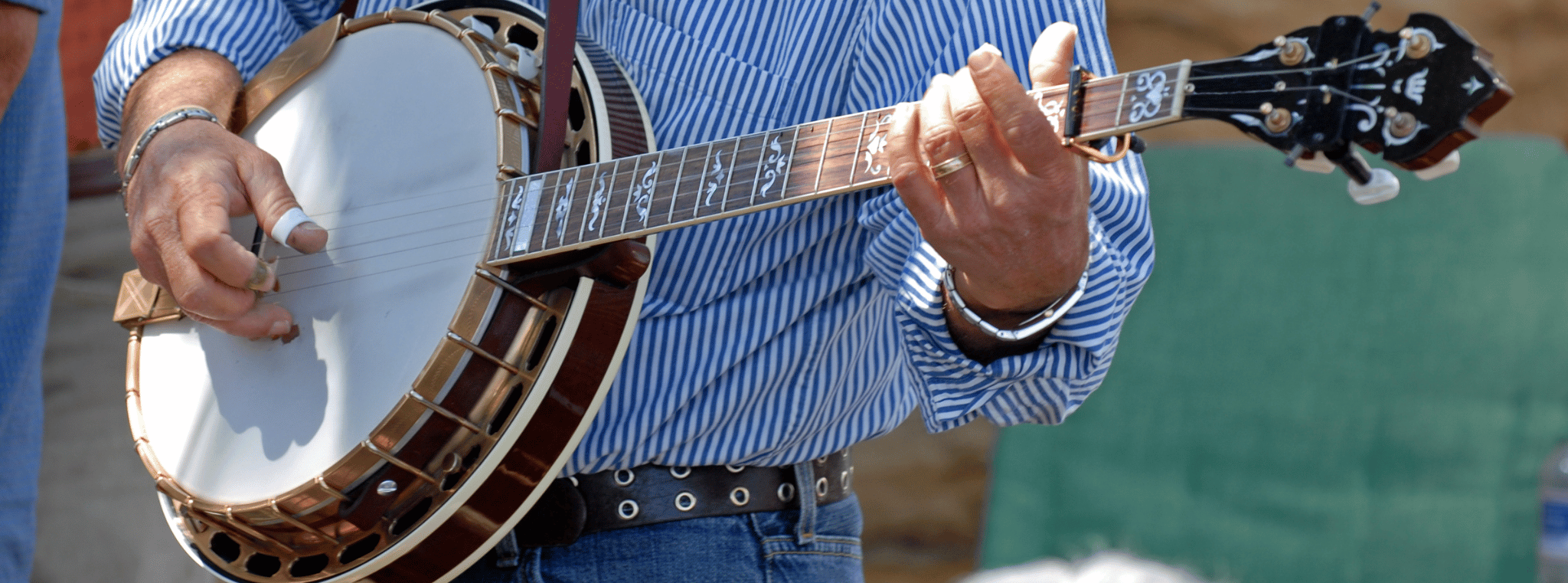
There’s one essential item you must have if you want to get on the road to plunkytown.
A banjo!
So, to help assist you in choosing your Appalachian axe, I’m going to answer the essential question about your banjo needs for playing clawhammer style, along with the most important factor when it comes to buying your first banjo.
How many strings should a banjo have?
How many strings should my banjo have?
For clawhammer banjo, you’re going to want a 5-string banjo. A 5-string banjo has 4 longer strings and a short “drone” string, which is also referred to as a 5th string.
That’s because the short drone string is an essential feature of the sound and the style. 4-string banjos (“tenor” and “plectrum” banjos) and 6-string banjos (essentially a guitar that looks like a banjo) will not have a drone string.
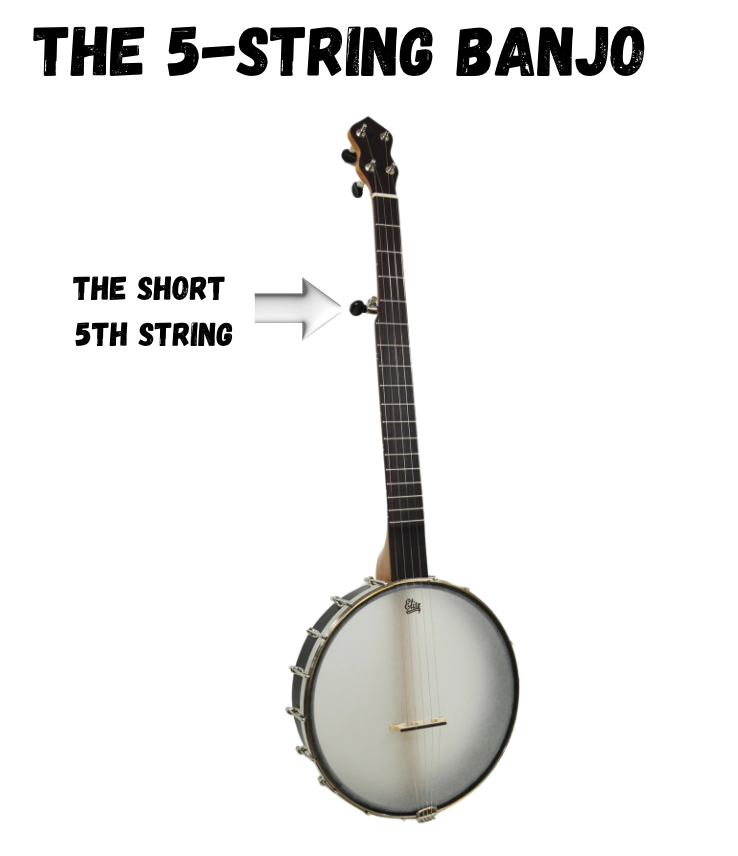
Resonator vs. Openback banjos
Do I need a resonator or an openback banjo?
There are two main styles of “modern” banjos: open-back banjos and resonator banjos.
A resonator banjo has a round wooden backplate, known as the…resonator, attached to the back. The main effect of the resonator is to project more of the sound in front of the player (so that more of that sound makes its way into the ears of an attentive audience). All other things being equal, the resonator gives the banjo a bit more of a brighter, or sharper, sound.
On an open-back banjo, there is no resonator on the back, so an “open” back essentially refers to the absence of a resonator. This makes an open-back banjo a bit lighter than a resonator banjo. All other things being equal, the open back tends to give the banjo a slightly mellower tone.
These days, you’ll find more clawhammer banjo players playing open-back banjos than resonators. There are several reasons for why that is, but the bottom line is you can play clawhammer on either an open-back or resonator. It really does not matter.
That said, open-back banjos are lighter than resonators, and, all other things being equal, less expensive. Both the lighter weight and lower cost are desirable features.
And since the primary value of the resonator is to project the sound forward, which is most helpful for those who are playing Scruggs-style bluegrass banjo (i.e. not clawhammer), you don’t necessarily need the extra weight or expense of the resonator.
However, if you already find yourself in possession of a resonator banjo, by all means play it!
Do I need a frailing scoop?
On some openback banjos, you might see a hollowed out area of the banjo neck just above where it joins the round pot of the banjo. This is known as a “scoop,” or a “frailing scoop,” and it’s a feature that has become more common on openback banjos of late.
These exist to allow clawhammer players (or “frailers”) to play over this part of the neck, which produces a unique tone that some players like.
It is not at all necessary to have a banjo with a scoop. However, there isn’t really a downside (you sacrifice a few frets at that part of the neck, but it’s doubtful you’ll ever miss them), so no reason to avoid banjos that have them.
What banjo should I buy for clawhammer?
That noise you just heard, my friend, is the sound of a giant can of worms opening.
As you might imagine, this is a topic filled with many diverse opinions. That’s because there are many valid options, and no “right” answer.
First, I’ll share a few thoughts about what to look for. And then I’ll talk about a couple great options on the market now for folks just getting started.
Recommended starter banjos (Under $500)
In general, there are two main things that make for a quality banjo:
- Quality materials. The quality of the wood and the quality of the hardware will impact the sound, playability, and durability of the banjo.
- Quality craftsmanship. The better that each individual component is made and the better they all fit together, the better the banjo will play and sound.
The banjos in this category will be factory-made, which helps to keep costs down, and won’t use the highest quality materials. But there are some perfectly good options here if you’re wanting to save some pennies on your first banjo purchase.
Also, as a beginner, it’s unlikely you’ll be able to tell or care about the difference in sound between a banjo in this price range and one many times more expensive. Your ear will learn to discern those differences over time. What’s most important about the banjo at this stage is that it’s not difficult to play because of poor construction or a poor setup.
There are two banjos in this category that are well constructed and are a great option as a starter banjo if properly set up are. They are the:
- Gold Tone AC-1 open-back
- Recording King “Dirty 30s” open-back
Recommended starter banjos ($500 range)
If you’re able to spend a bit more, there are a couple of other options that will provide a modest acoustic and cosmetic upgrade from the first two options. They are the:
- Gold Tone “Cripple Creek” CC-50 and CC-100 (based on the descriptions, I can’t tell any clear differences in these models other than cosmetics).
- Deering Goodtime.
I personally started out on a Deering Goodtime banjo. They are very well made, very easy to play, and sound great.
The most important factor: banjo setup
The most important factor when it comes to your first banjo is that it has been set up properly. “Setting up” a banjo just means that all the parts are fitted together and everything on the banjo is working as good as it can be.
The better the set up, the easier your banjo will be to play. And when you’re first starting out, the last thing you want is for the banjo to be harder to learn because it’s not properly set up.
This is something most banjo players will learn how to do themselves, but in the beginning you’ll want it set up for you by someone who knows what you’re doing.
So, you can either 1) purchase from somewhere that sets up the instrument (you can ask to verify), or 2) take it to a local music store and have someone do it for you.
Most online retailers that specialize in banjos will be setting them up before they go out the door.
Want to see some of my recommended beginner banjos up close? In the video below, I walk through the two budget-friendly options I recommend, so you can hear the difference and decide which one feels right for you.

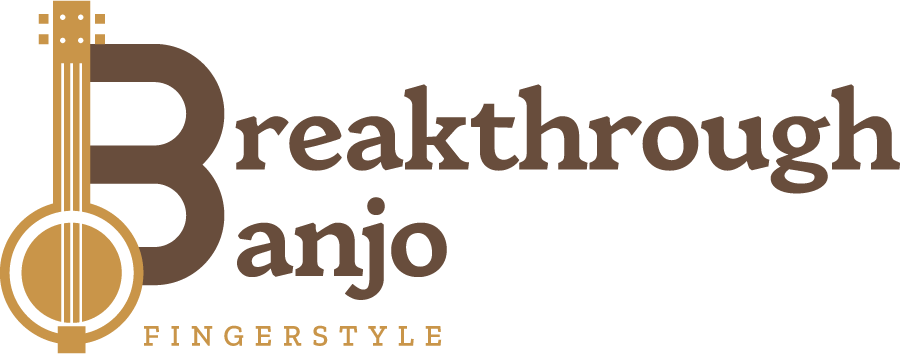

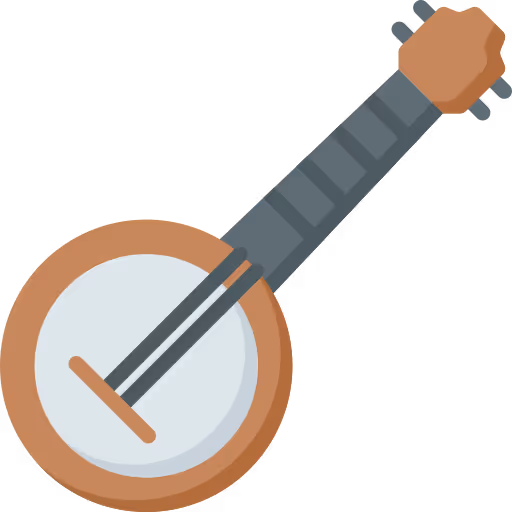
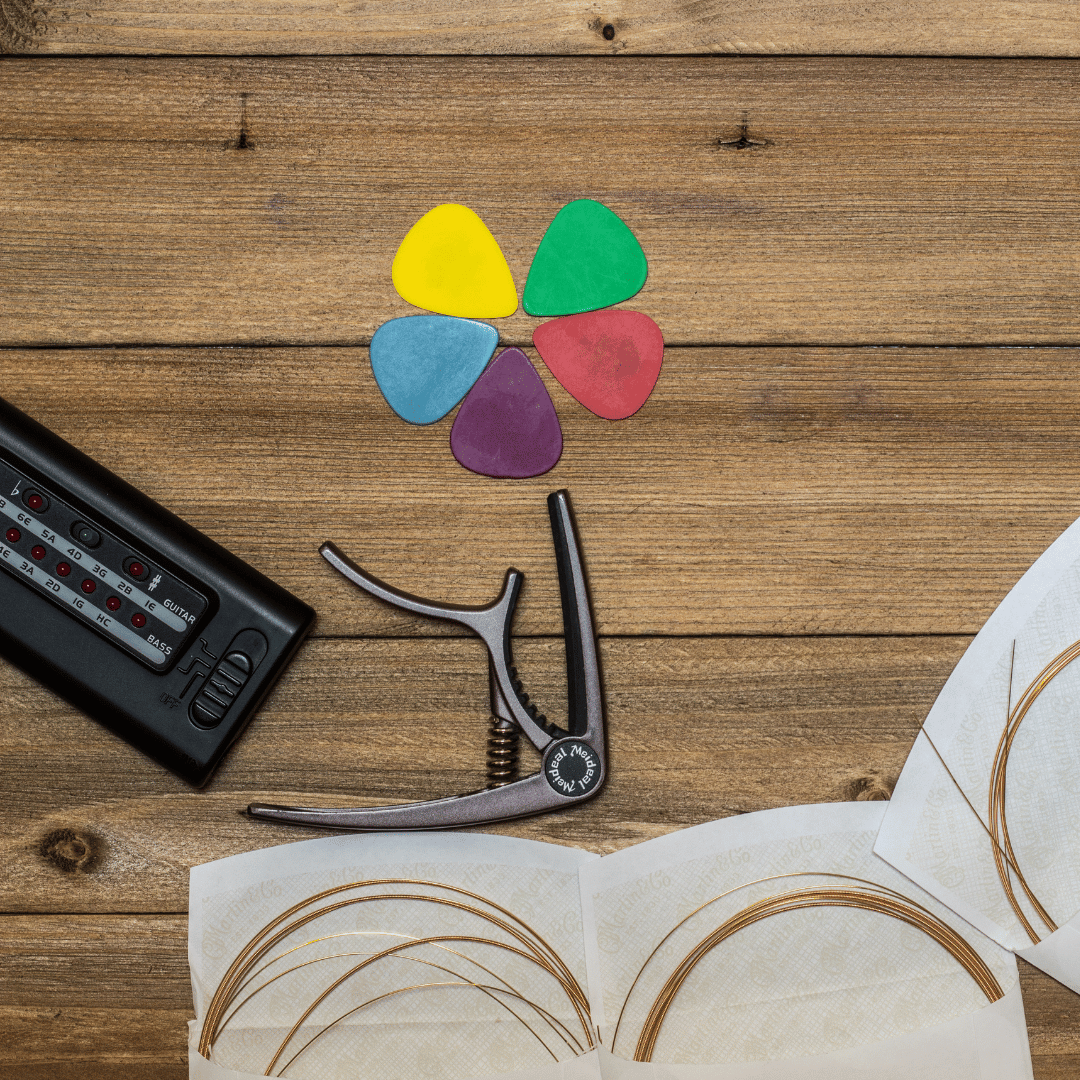

.png)
.png)